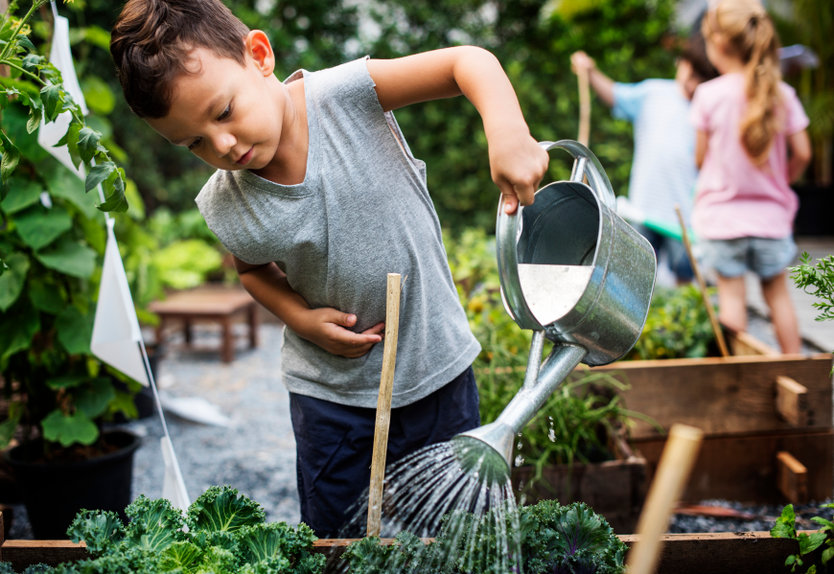Outdoor learning is known to benefit children in a variety of ways. Research has shown that children who spend more time outdoors at school are often more physically active and perform higher intensity activities. Being outside can also improve students’ mental and emotional health and overall wellbeing.
The COVID-19 pandemic has highlighted the importance of outdoor learning for safety reasons and as a result, in August 2020, New York City implemented an Outdoor Learning Initiative to explore expanding access to outdoor spaces for public school students. The initiative aims to: (i) increase access to outdoor spaces by enabling schools to apply for permits to use nearby parks or streets during the school day and (ii) support schools in increasing their use of any outdoor space they already have available.
The Tisch Center partnered with New York City’s Office of School Wellness Programs to learn more about how NYC schools have been utilizing outdoor spaces during the pandemic. We visited four schools that have successfully implemented outdoor learning programming and saw the amazing triumphs of these four schools during such a difficult year. Schools used their outdoor space for physical education, recess, mask breaks, gardening, art, music, dance, other classes, and special events such as graduations. Everyone we spoke to at all four schools expressed that students, teachers, and parents all want students to spend more time outside and they have a strong desire for outdoor learning to continue in the future.
While these four schools have managed to get their students outside regularly, they faced several challenges along the way. Integrating time outdoors into the daily schedule can be a complicated process. For example, permits to close city streets to traffic often require that a person must supervise such closures while in place and many schools lack the staff to do so and must rely on volunteers, if and when available. In some communities, neighbors are frustrated with street closures and do not want to give up parking spaces. Many of these barriers have prevented other schools from trying outdoor learning. Schools in low-income neighborhoods are even less likely to have sufficient outdoor space available and often lack the staff capacity to navigate the complicated permitting process to request street closures during the school day.
The Tisch Food Center documented the findings from its school visits into case studies with the goal of raising awareness about both the advantages and challenges of outdoor learning. Showcasing the possibilities for success will hopefully encourage more schools to prioritize outdoor learning and lead to systemic changes that support outdoor learning at all schools. However, our findings also highlight the need to address the challenges that schools face in increasing access to outdoor learning for all students. So, the next time you’re looking for a parking spot and encounter a closed street near a school, remember that a little inconvenience is a small price to pay for the invaluable benefits these streets provide to students.
Key takeaways
- Outdoor learning should continue in NYC even beyond the pandemic.
- Some schools have already utilized park and street permits to successfully integrate outdoor learning into their daily schedules.
- Other schools - particularly those with fewer resources and less access to outdoor space - need further support to increase their outdoor space and use it more effectively.
- Systemic changes that streamline the process of applying for outdoor space and policies that promote outdoor learning can help ensure that all children are able to go outside.
